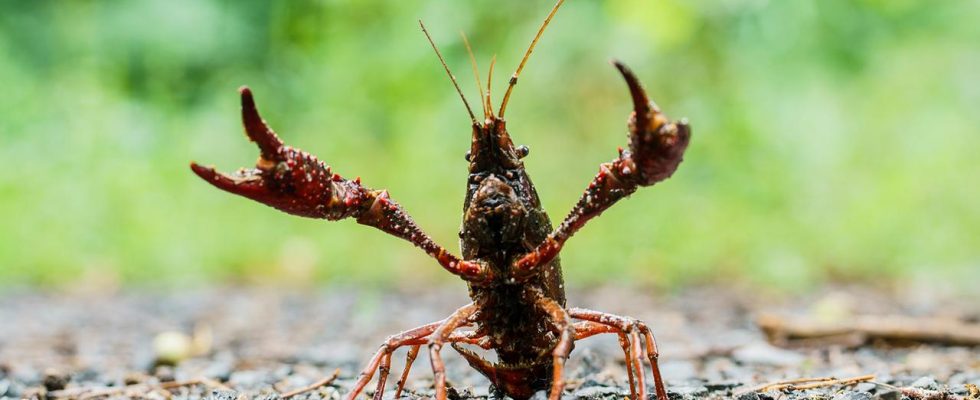Animals and plants that spread outside their homeland are considered to be one of the main reasons for the global decline in species. And they cause damage in the billions. A UN report is therefore sounding the alarm.
According to a UN report, invasive species play a key role in global species extinction. Introduced species are a decisive factor in 60 percent of the documented extinctions of animals or plants, according to the most comprehensive study to date Invasive Species Reportwhich the World Biodiversity Council (IPBES) published in Bonn.
The approximately 37,000 cataloged species cause damage of more than 400 billion dollars (371 billion euros) every year. This sum corresponds to the gross domestic product of countries like Denmark or Thailand and is most likely still a “gross understatement,” said the advisory body, whose full name is the Intergovernmental Science-Policy Platform on Biodiversity and Ecosystem Services .
“It’s the first report to address the problem in such a global and comprehensive manner,” said Sven Bacher, professor of ecology and evolution at the University of Fribourg, Switzerland. “Now we finally have a database that we can use to show the magnitude of this phenomenon.”
The number of invasive species is increasing rapidly, according to the report. They put pressure on natural ecosystems in addition to climate change, habitat loss, pollution and economic exploitation.
Cause: human
According to the report, the cause of the spread of invasive species is human activity. They inadvertently introduce species not previously present in the relevant regions via ship sewage, cargo or holiday luggage. In addition, alien species have been and are intentionally introduced as ornamental or forage plants or prey for hunting.
The uncontrollable, terrible consequences this can have is shown, for example, by the water hyacinth, which now covers 90 percent of the surface of the huge Lake Victoria in East Africa. The foreign plant displaces native species, makes shipping and fishing more difficult, blocks the inflow into a hydroelectric power station and is a breeding ground for mosquitoes. It is believed that the water hyacinth was originally introduced into gardens as an ornamental plant by Belgian colonial officials in what is now Rwanda.
Rabbits drive away birds in New Zealand
In New Zealand, rabbits were introduced for hunting in the 19th century. Because the rodents quickly became a plague, weasels were released to combat them. However, they preferred to hunt native bird species such as the national animal, the kiwi.
The Mediterranean, meanwhile, is teeming with introduced species such as the lionfish and the dangerous alga Caulerpa taxifolia. Killer hornets, probably brought in by cargo from Asia, are killing entire colonies of bees in the US in a single attack.
In Germany, the raccoon and the bullfrog are among the invasive species. For Germany, the Federal Agency for Nature Conservation (BfN) lists 900 alien species, of which around 90 are invasive and thus pose a threat to biological diversity. “These numbers are very conservative,” says IPBES expert Hanno Seebens. “According to our databases, we have at least 2,600 established alien species in Germany, some of which are invasive.”
There are also invasive species that change entire ecosystems. “One could cite the Pacific oyster, which forms large oyster beds in the North Sea and thereby even changes the flow conditions in the Wadden Sea. The habitat as a whole is strongly influenced by a single invasive species,” explains Bacher.
In addition to this natural damage, there is also severe economic damage. Muskrats – originally introduced for their fur – often destroy bank reinforcements. The Japanese beetle, on the other hand, descends on fields like a biblical plague and eats everything bare. In Switzerland, on the other hand, pesticides are also used in private gardens. Certain species can also be dangerous for humans: the Asian tiger mosquito, for example, is a potential vector of diseases.
The report also lays out strategies to combat invasion
86 experts from 49 countries worked on the IPBES report for four years and evaluated more than 13,000 studies. Their results have been reviewed and endorsed by the more than 140 IPBES member states. It also lays out basic strategies in the fight against invasive species, broken down into prevention, eradication and containment.
In December, the international community agreed on a species protection agreement in Montreal, Canada. Among other things, it envisages at least halving the spread of invasive species by 2030. However, according to IBPES, only 17 percent of all countries have laws or regulations against invasive species.

